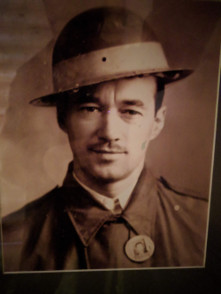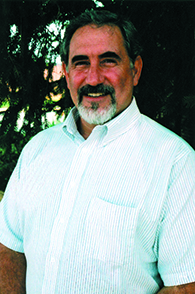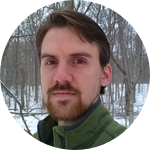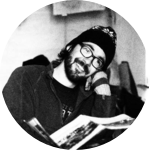About This Project
Ecological systems move on long timescales which require long-term study. Forest dynamics at the Ross Biological Reserve have been measured continuously every decade since 1949. In 2019, we are due for the 80 year study, but do not have the required funding to complete this. With the funds to support a crew of six we plan to complete the 2019 census from April to September. We plan to take our collected data and all previous data and digitize it making the data publicly available online.
Ask the Scientists
Join The DiscussionWhat is the context of this research?
Long-term ecological data lets us ask two main questions. How does community structure and species diversity change through time? How does forest productivity change through time?
During the last 70 years, researchers discovered a gradual decline in native shrubs and dogwood and a rise of invasive shrubs like honeysuckle. They also found an almost complete turnover of the dominant species of trees. In other long-term studies, many unexpected patterns emerged only after study for >100 years, highlighting the urgent need for long-term study. Currently, a large number of invasive pests are currently decimating forests in North America. We do not yet know how these pests change the forest. Our 2019 census study will create the data set making this a 80 year long study.
What is the significance of this project?
Forest dynamics are slow, and trees live a very long time. The dynamics of forests cannot be captured during the brief time-scale of grant funding cycles or graduate theses. Instead, to understand how forests are structured, and how they change, we must watch them for decades or even centuries. The Ross Reserve data-set lets us do this.
There are relatively few data sets that are as long-term as the Ross Reserve survey. This is almost completely unique, and incredibly valuable. With the retirement of the faculty member who has maintained the survey, there is a chance that data collection will end.
The Ross Reserve has been part of 130 publications, dozens of dissertations, and has a number of ongoing other projects.
What are the goals of the project?
In our 2019 census we will first identify new individual trees recruited into the the forest and track tree mortality. Second, we will measure the size of trees estimating productivity and map the exact position of every tree in the reserve. Third, we will synthesize dynamics over 80 years. The census has continued unbroken since 1949 and we need your support to continue this data set bringing it to year 80.
The data sets from all censuses prior to 2009, are on physical paper. Part of this project is to digitize these data and make it all publicly available.
Budget
Measuring thousands of trees within the 27 hectare reserve is a lot of work. Based on similar projects we have been involved with, we anticipate a 6 person crew would be required to complete this in the summer field season.
A living wage in Indiana is $11/hr. (6 technicians * $11/hr x 40 hr/week x 16 weeks = $42240)
I have all the other equipment and tools required in my laboratory.
Endorsed by
 Project Timeline
Project Timeline
The plan for this project is to identify and train the field crew of six individuals in April. We will begin survey in May and continue field work until August. During Fall and Winter 2019 will complete the data entry and analysis. We expect that the data will be publicly available at dryad in December 2019.
Dec 01, 2018
Project Launched
May 01, 2019
Begin survey
Aug 16, 2019
Census complete
Dec 16, 2019
Data publicly available
Meet the Team
Gordon McNickle
I am a member of the Department of Botany and Plant Pathology and the Centre for Plant Biology at Purdue university. I also hold a courtesy appointment in the department of Biological Sciences' Ecology and Evolutionary Biology group.
At the heart of all the research we do in my group is the basic question: what controls patterns of diversity? The Ross Reserve has about 25 species of trees. Why 25 instead of 7 or 300? Why that set of 25 instead of some other set of 25 species?
Research in the lab involves a mixture of empirical and theoretical tools to explore questions. I generally approach questions using three steps: (1) I like to try to think through how I imagine the system works and describe all my assumptions and ideas with a mathematical model; (2) It can be useful to check some of these ideas and assumptions in the greenhouse with a model system. (The first and second step may go back and forth for a while, depending on how wrong I was in the first step.), and; (3) Once I feel like I understand the system I try to scale it up to natural ecological systems (e.g. a grassland or a forest).
Additional Information


Project Backers
- 87Backers
- 8%Funded
- $3,224Total Donations
- $37.06Average Donation

